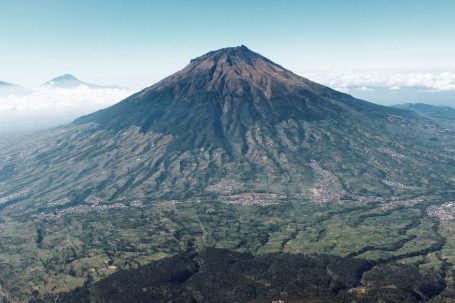The Earth is a vast and diverse planet, home to a wide array of ecosystems that are teeming with life. While many of these ecosystems have been explored and studied extensively, there are still untouched areas that hold secrets waiting to be discovered. These untouched ecosystems, also known as pristine ecosystems, provide valuable insights into the biodiversity of our planet and play a crucial role in our understanding of the natural world. In this article, we will delve into the fascinating world of untouched ecosystems and explore the importance of discovering their biodiversity.
What are Untouched Ecosystems?
Untouched ecosystems are areas that have remained relatively undisturbed by human activity. These areas are often remote, inaccessible, or protected, making them difficult to explore and study. Due to their limited interaction with human beings, these ecosystems provide a unique opportunity to observe and understand the natural processes that shape our planet.
The Importance of Discovering Biodiversity
Biodiversity refers to the variety of life forms that exist in a given ecosystem. It encompasses not only the different species of plants and animals but also the genetic diversity within these populations. Discovering the biodiversity of untouched ecosystems is crucial for several reasons.
Firstly, untouched ecosystems are like time capsules that preserve the natural state of our planet. By studying these ecosystems, scientists can gain insights into the evolution of species and the ecological processes that have shaped our world over millions of years. This knowledge is essential for understanding how ecosystems function and how they may respond to environmental changes.
Secondly, untouched ecosystems often harbor species that are rare or endangered. By discovering and documenting these species, scientists can better understand their habitats and develop conservation strategies to protect them. This knowledge is vital for preserving biodiversity and ensuring the long-term survival of these unique organisms.
The Challenges of Exploring Untouched Ecosystems
Exploring untouched ecosystems is not without its challenges. These areas are often remote and inaccessible, requiring scientists to overcome logistical hurdles to conduct research. Additionally, the delicate nature of these ecosystems means that any disturbance, even minor, can have long-lasting effects on the biodiversity they support. Therefore, scientists must exercise caution and employ non-invasive research methods to minimize their impact on these fragile environments.
Tools and Techniques for Discovering Biodiversity
Advancements in technology have greatly facilitated the discovery of biodiversity in untouched ecosystems. DNA sequencing, for example, allows scientists to identify and classify species based on their genetic information. This technique has revolutionized the field of taxonomy and has helped uncover new species that were previously unknown.
Another valuable tool is remote sensing, which enables scientists to study ecosystems from a distance using satellites or drones. By analyzing images and data collected from these devices, researchers can gain valuable insights into the composition and structure of untouched ecosystems.
Conclusion: Preserving our Natural Heritage
In conclusion, discovering the biodiversity of untouched ecosystems is of utmost importance. These pristine areas provide a unique opportunity to study the natural world in its purest form and gain insights into the processes that shape our planet. By exploring and understanding these ecosystems, we can better appreciate the richness and diversity of life on Earth and develop effective strategies for preserving our natural heritage for future generations.



